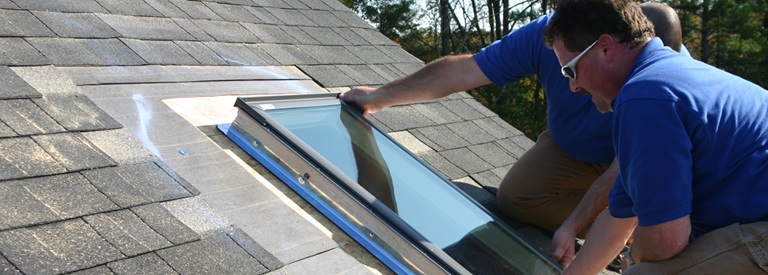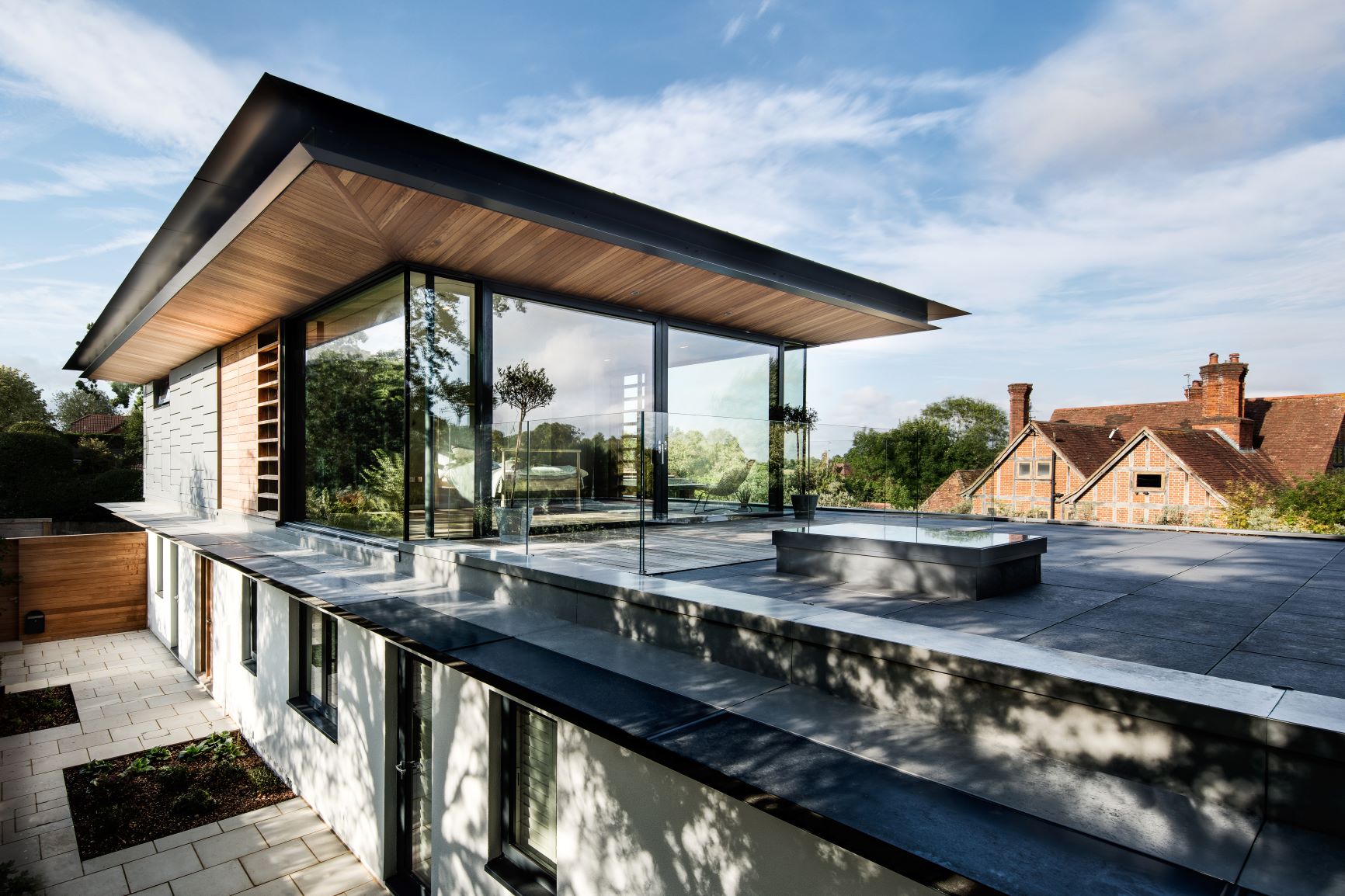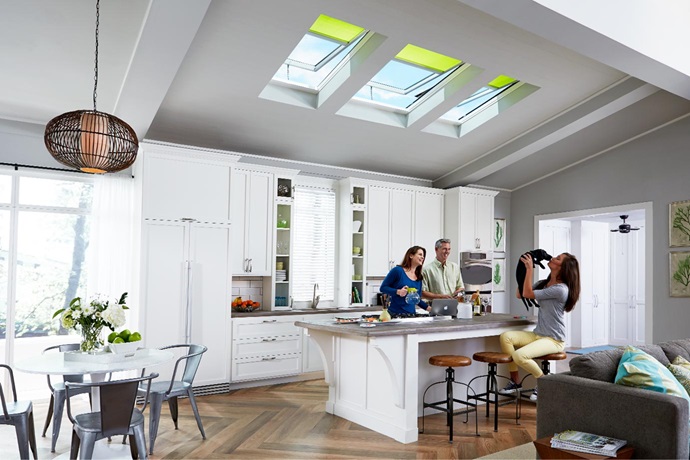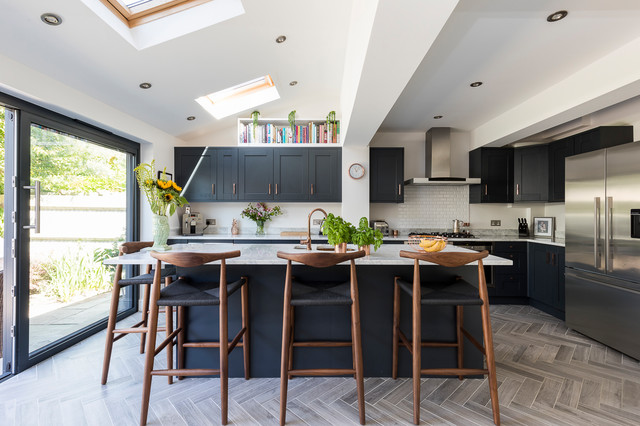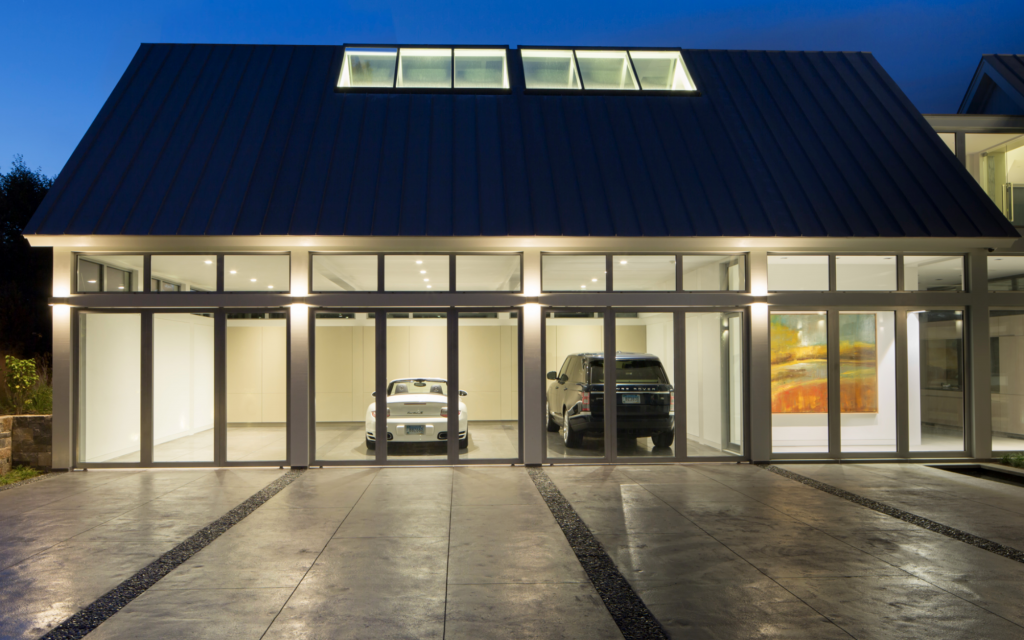Skylight Placement On A Roof Regulations

Tips on making the cut.
Skylight placement on a roof regulations. Skylight placement is determined mainly by the placement of your home s rafters. Consider placing the skylight higher on the roof. When you are satisfied with the placement you can cut the ceiling drywall. Bad weather can ruin your plans.
In most cases this placement allows more light to come into your home. Curb mounted skylights are recommended for flat roofs so be aware of the type of skylight and any installation requirements required due to the roof s slope. These skylight designs also do not require the additional framing needed to slope a flat skylight for proper drainage on flat or low slope roofs. Minimum barrier height in single family dwellings for stairs landings ramps and edges of internal floors is 900mm.
When working on a rooftop an uncovered hole would immediately be recognized as a hazard. For external balconies and roof edges minimum is 1100mm. Most people would flair the opening. Install a skylight in good weather.
Skylights can seem to pose less of a fall risk as the opening is covered with glass or plastic. Tubular skylights are smaller than most other skylights. Whether a rooftop access skylight needs barriers is ultimately dependent upon choice of product its specification and its placement on the roof. You can drop the shaft down at 90 degrees from the roof or you can flair the opening to allow more light to enter.
Skylight safety osha requirements. Adding skylights to a stairwell is a good way to create a statement space in your home. There is no rule on the shape of the ceiling opening for the skylight. However most skylights are not designed to bear the weight of an individual leaning or falling.



